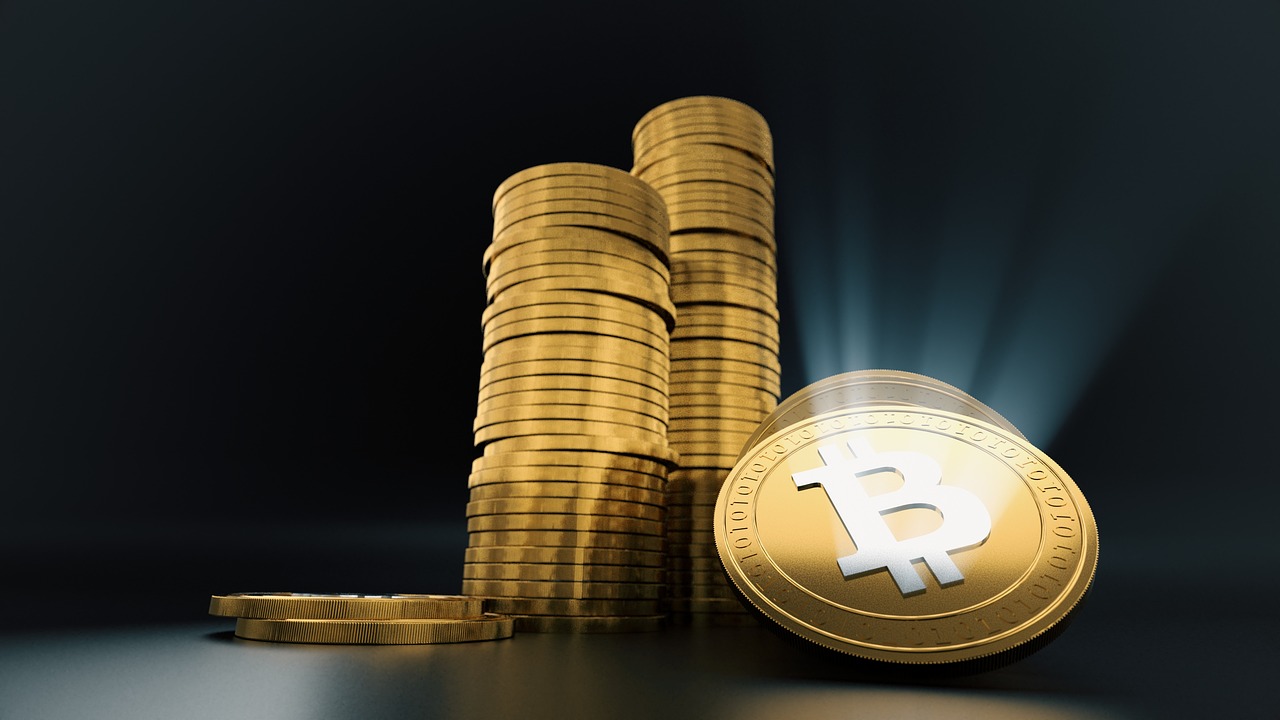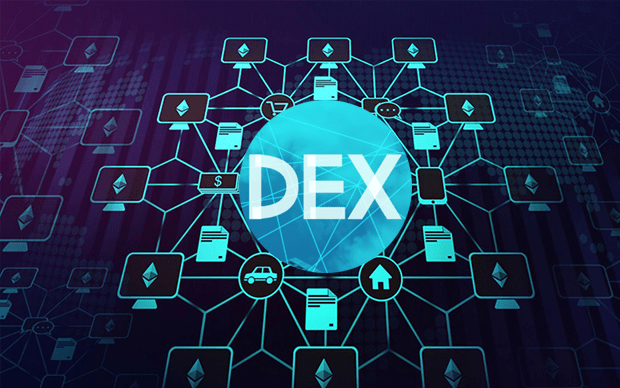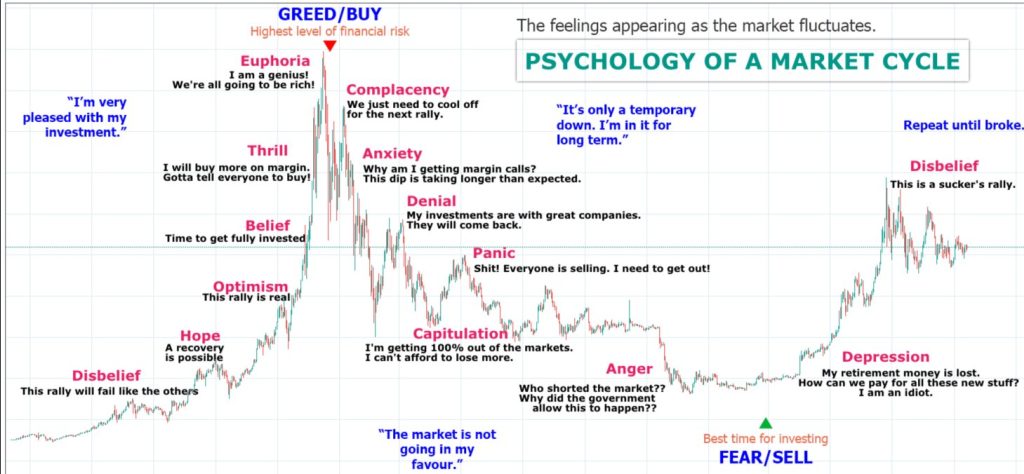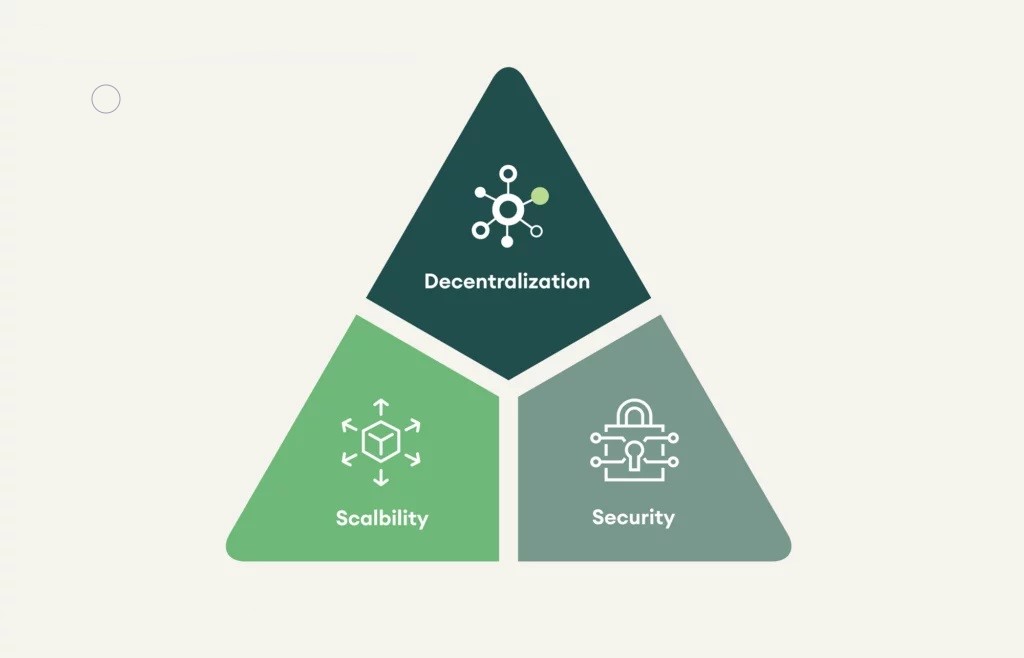What exactly is the Block Rewards?
What: At its core, a block reward is the compensation given to crypto miners for their role in adding valid transactions to the blockchain network. This process, known as mining, entails solving complex mathematical puzzles, contributing computational power to the network, and maintaining the integrity of the system as a whole.
Why: The significance of block rewards lies in their role as the primary incentive for miners. They foster a competition that promotes the security and stability of the network. Apart from rewarding miners for their computational efforts, block rewards play a main role in generating new coins. All of these combined, supports the overall supply and demand of digital currency while maintaining an incentive structure for miners. Win-Win.
Decentralization: Moreover, block rewards underline the principle of decentralization. How? By eliminating the need for a central authority to control or issue currency. It’s done without any third party. They establish an open, transparent, self-sustaining system where users are rewarded for their contributions, enhancing the ecosystem’s innovative and democratic aspects.
Components of Block Rewards
Mining: The block reward comprises two main components: the mining reward and transaction fees. The mining reward refers to the predetermined amount of newly created coins, awarded to miners for successfully adding a new block to the blockchain. So, whoever solves the math puzzle, gets the money. This is a key incentive mechanism for miners and one that contributes to the individual crypto supply.
Transaction Fees: On the other hand, transaction fees are payments made by users to prioritize their transactions within a block. By incentivizing miners to include transactions with higher fees, this feature makes the system more efficient.
The combination of mining rewards and transaction fees forms incentive structure for miners, promoting network security, decentralization, and transaction validation.
Bitcoin Block Rewards
In the case of Bitcoin, the block reward mechanism initially awarded miners with 50 BTC for adding a new block. However, halving events occur approximately every 4 years to reduce the reward by half, aiming to preserve scarcity akin to precious commodities like gold.

Bitcoin’s model isn’t the only one. Some adopt Bitcoin’s methods, like Dogecoin and Litecoin, who adjust their block rewards periodically. While others, like Ripple’s XRP, employs a premined supply, eliminating the need for traditional mining. Ethereum, utilizing a proof-of-stake consensus mechanism, selects validators based on their staked Ether holdings to build new blocks.



